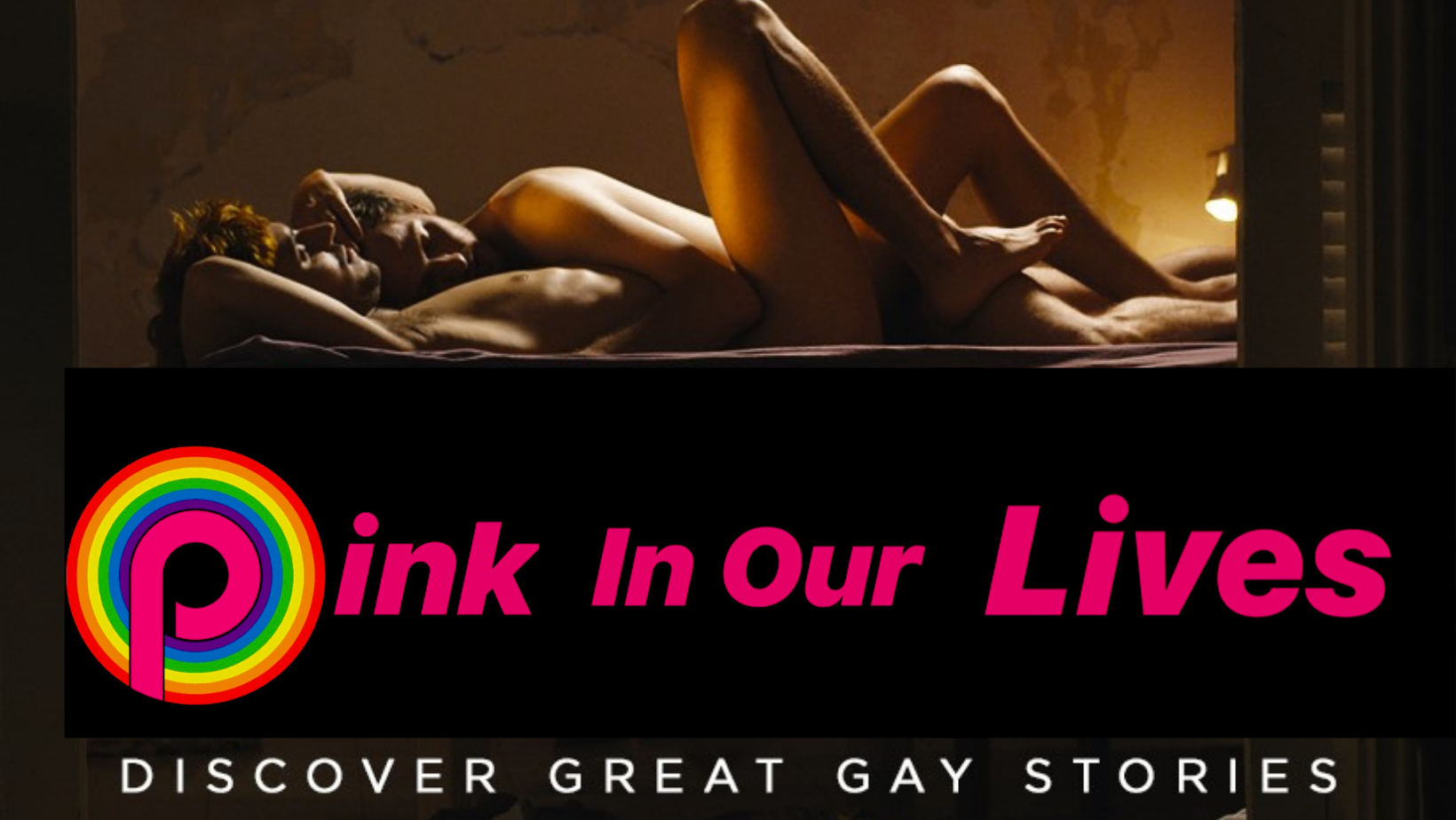
A Short Guide to Bisexuality
Celebrate Bisexuality Day (also called Bisexual Pride Day, Bi Visibility Day, CBD, Bisexual Pride and Bi Visibility Day, and Bisexuality+ Day) is annually on September 23 to recognize and celebrate bisexual people, the bisexual community, and the history of bisexuality.

What is Bisexuality?
Bisexuality refers to sexual attraction to more than one gender. Bisexuality is inclusive of all genders, so the people that a bisexual person is attracted to don’t always identify within the male/female binaries and can include people from right across the gender spectrum.

What is the Difference between Bisexual and Pansexual?
Bisexuality is the attraction to more than one gender whereas pansexuality refers to sexual attraction to all genders and/or attraction regardless of gender. However, whilst they are separate identities, it’s not unusual for someone to identify with both of these sexualities at different points in their lives or to refer to themselves as one identity over the other for personal reasons, such as learning about one sexuality first and forming a connection with that community. As with all aspects of the LGBTQIA+ community, it’s important to listen to the individual and respect how they self-identify.

What Color is the Bisexual Flag?
The bisexual flag was created in 1998 by Michael Page and is made up of three colors in horizontal lines with the middle stripe being slightly thinner. Pink is at the top, then purple in the middle, and blue at the bottom. The pink was originally meant to represent same sex attraction, with the blue representing opposite sex attraction. The purple in the middle was to represent bisexuality, a combination of both colors, signifying attraction to both sexes. This definition of bisexuality (as the attraction to both sexes) is rejected by most people today, although it still feeds a lot of common misconceptions about bi people.

What Do The Colors Mean?
Some people also say that the colors on the flag represent the two genders, with purple once again mixing the pink and blue to show how bisexuality refers to attraction to more than one gender. This interpretation of the flag is also a little outdated, with it being widely known now that there are more than two genders. The flag has also been expanded on in recent times to include both a black and brown stripe (see the Inclusive Bisexual Pride Flag mug below), to represent bisexual people of color.

Bisexual Symbols/Bisexual Triangles/Bisexual Crescent Moons
Page’s flag design was inspired by the ‘biangle’, an icon comprised of interlocking triangles in pink, purple, and blue, which was used by some bi groups in the US. The symbol expanded on the pink triangle, the well-known symbol of the gay community.
In Germany and other European countries, where the triangles have a notorious history of being used to mark out members of the LGBTQ+ community in public during Hitler’s time in power, the crescent moons were used to step away from the potentially triggering images of the triangles.

Famous Bisexual People
Bisexuality has been recorded as far back as Ancient Greek and Roman times, when the gender of someone’s sexual partner was not thought to be that important. Many men were known to have sexual relationships with both men and women, with less of the stigmas that came to societies around the world in years to come. As time went on and societal standards changed, LGBTQ+ people were not able to live as openly as they do in many countries today. Even so, there have been many notable bisexuals over the years, including: Ronen Rubinstein, actor Megan Fox, actress Keiynan Lonsdale, actor Drew Barrymore, actress Alan Cumming, actor Munroe Bergdorf, DJ and trans activist David Bowie, singer Frida Kahlo, painter Oscar Wilde, playwright Angelina Jolie, actress

Misconceptions Around Bisexuality
Bisexual people, like many other LGBTQ+ groups, have faced plenty of discrimination over the years, from both inside and outside of the queer community. There is often the false idea that bisexual people are indecisive, greedy, or promiscuous because they are emotionally or sexually attracted to two or more genders. Although many LGBTQ+ groups are making efforts to include bisexual people more nowadays, bi-erasure and biphobia are still often prevalent. Bi erasure refers to the belief that bisexuality simply does not exist, often tied up with the idea that bi people are experimenting with their sexuality and not committing to one gender. Biphobia is a generalized term for any aversion or negative attitudes towards bisexual people.

Like, share, and follow our page Pink In Our Lives for more!
Comment or sound off below. THANK YOU!!!


